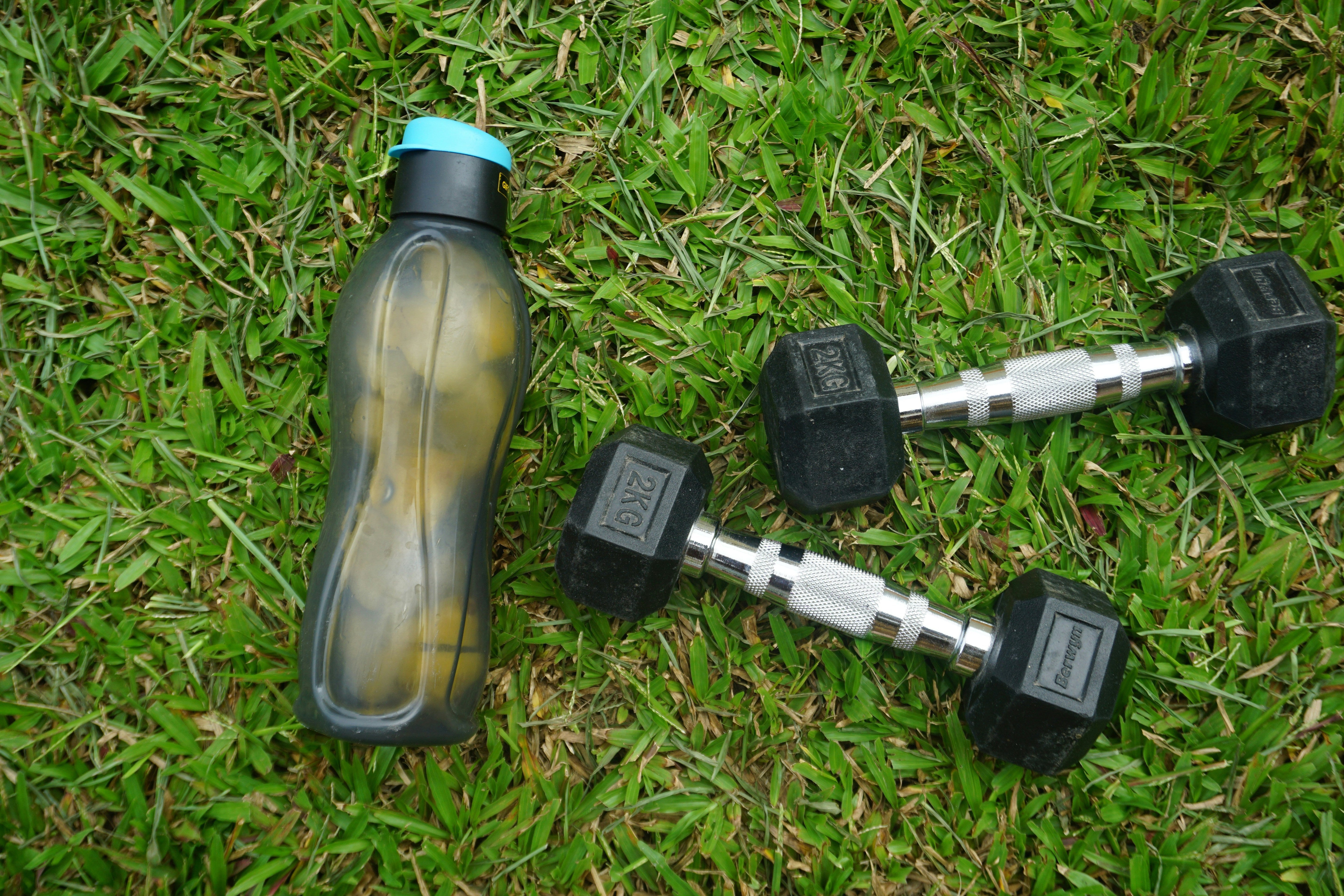Bike accessories have undergone a notable transformation over the past several decades, particularly in urban environments where cycling serves both as transportation and a cultural statement. Initially engineered for efficiency and mechanical necessity, many accessories have taken on a second role as part of an urban visual identity. This transition reflects the growing overlap between personal transportation and individual appearance, especially in cities where mobility methods intersect with daily public life.
Helmets offer one of the clearest examples of this shift. Earlier models prioritized technical structure and safety compliance, often resulting in large forms and limited stylistic variation. Today’s designs display a marked change, frequently exhibiting smoother profiles, integrated ventilation patterns, and subdued finishes that coordinate with common apparel aesthetics. Though still governed by technical standards, their appearance plays an increasing role in how individuals select and combine accessories.
Storage solutions like pannier bags, saddle packs, and top tube pouches are now often configured with visual symmetry in mind, focusing on proportions that complement the bicycle frame’s geometry. Mounting systems, such as clips, straps, or rails, are typically designed to remain concealed or minimal when not in use, avoiding visual clutter and enabling a more cohesive appearance.
Smaller items such as bike lights, bells, and mirrors have similarly moved toward refined formats. Compact sizing, angular casings, and muted external elements allow these tools to merge more seamlessly into the bike’s silhouette. Even mechanical parts, such as pedals or grips, are now offered in formats that mirror contemporary design trends, often matching color groupings or component shapes already found in modern footwear and accessories.
This alignment of form and visual identity reveals how bike accessories can influence not just riding, but presentation. In many urban spaces, bicycles are now seen in cafes, offices, and storefronts—no longer solely in traffic lanes. As a result, their accessories have adapted to environments where aesthetic cohesion carries increased weight. The intersection of visibility, movement, and visual consistency places bike accessories into a category that, while distinct from traditional fashion, follows similar evolutionary patterns based on use, setting, and daily integration.


